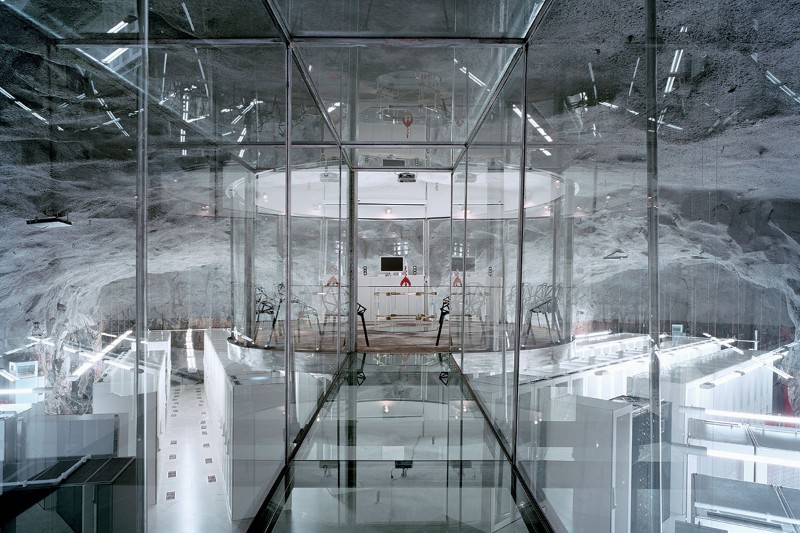Tung-Hui Hu’s A Prehistory of the Cloud reviewed for New Scientist
LAST week, to protect my photographs of a much-missed girlfriend, I told all my back-up services to talk to each other. My snaps have since been multiplying like the runaway brooms in Disney’s Fantasia, and I have spent days trying to delete them.
Apart from being an idiot, I got into this fix because my data has been placed at one invisible but crucial remove in the cloud, zipping between energy-hungry servers scattered across the globe at the behest of algorithms I do not understand.
By duplicating our digital media to different servers, we insure against loss. The more complex and interwoven these back-up systems become, though, the more insidious our losses. Sync errors swallow documents whole. In the hands of most of us, JPEGs degrade a tiny bit each time they are saved. And all formats fall out of fashion eventually.
“Thus disaster recovery in the cloud often protects us against the disaster of the cloud itself,” says Tung-Hui Hu, a former network engineer whose A Prehistory of the Cloud poses some hard questions of our digital desires. Why are our commercial data centres equipped with iris and palm recognition systems? Why is Stockholm’s most highly publicised data centre housed in a bunker originally built to defend against nuclear attack?
Hu identifies two impulses: “First, a paranoid desire to pre-empt the enemy by maintaining vigilance in the face of constant threat, and second, a melancholic fantasy of surviving the eventual disaster by entombing data inside highly secured data vaults.”
The realm of the cloud does not countenance loss, but when we touch it, we corrupt it. The word for such a system – a memory that preserves, encrypts and mystifies a lost love-object – is melancholy. Hu’s is a deeply melancholy book and for that reason, a valuable one.

